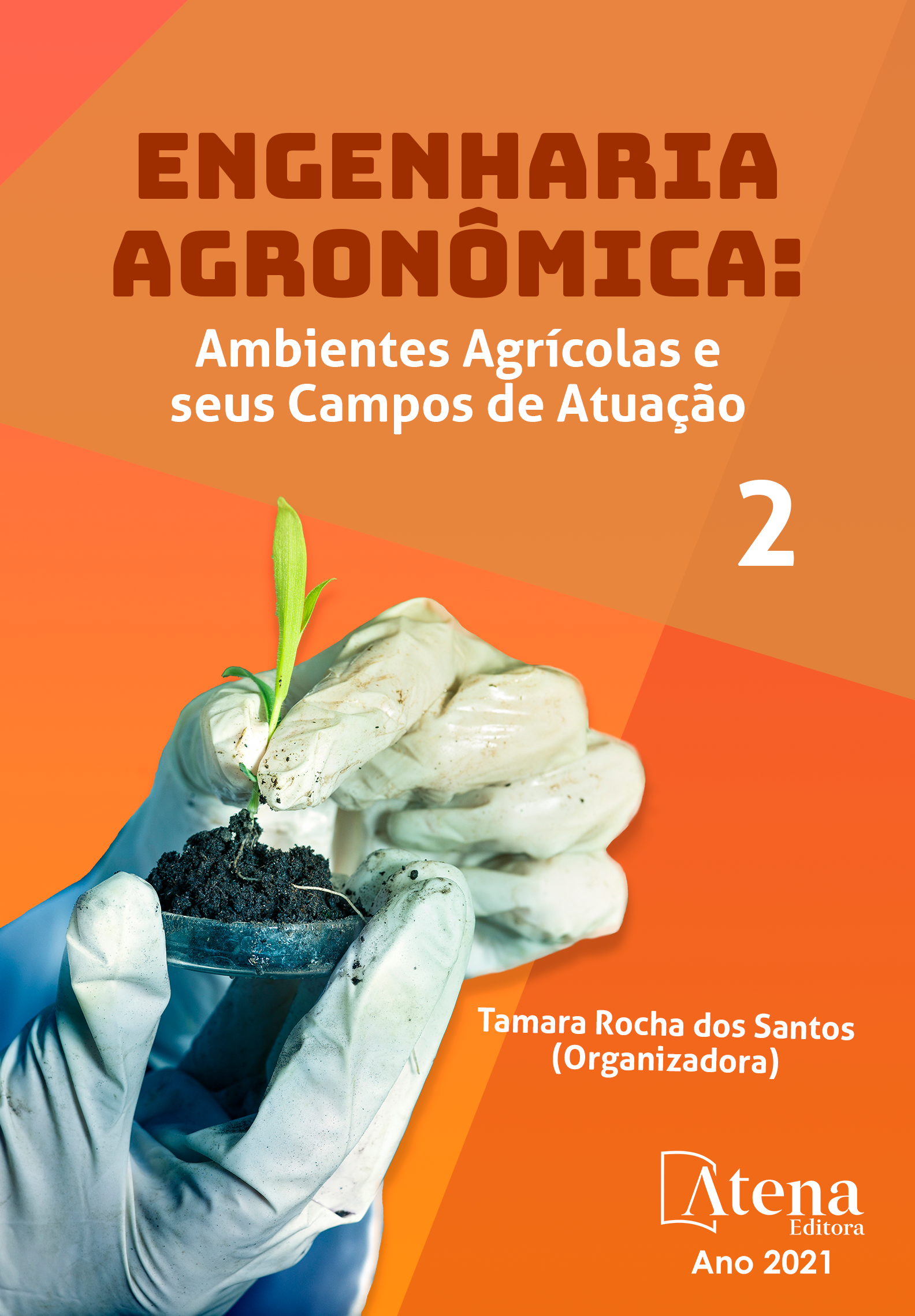
IMPORTÂNCIA DO ACOMPANHAMENTO TÉCNICO E GERENCIAMENTO DA SANGRIA NOS SERINGAIS
O objetivo do presente trabalho foi de demonstrar a importância do acompanhamento técnico nas operações relacionadas à sangria e gestão do seringal e desenvolver uma ficha de avaliação de sangria que foi aplicada à campo para melhoria de produtividade, gerenciamento e aumento da vida útil do seringal. O experimento foi conduzido numa propriedade no município de Barretos, em um seringal do clone RRIM-600, com 15 anos de idade. Foram avaliados 4 sangradores, durante uma safra, nos anos agrícolas 2008/2009, sendo o sistema de sangria adotado: D/4. Foram realizadas avaliações mensais, sobre todos os fatores que influenciam diretamente na produção e aumento da vida útil do seringal. Constatou-se no experimento em questão, que houve aumento de produtividade na safra 2008/09, com relação as safras anteriores; e que as avaliações desenvolveram nos sangradores uma maior conscientização quanto; a espessura da casca a ser retirada por sangria, quanto a profundidade de sangria, quanto ao risco de ferimentos e entrada de fungo, aumentando assim: a vida útil do seringal e diminuindo o índice de secamento de painel.
IMPORTÂNCIA DO ACOMPANHAMENTO TÉCNICO E GERENCIAMENTO DA SANGRIA NOS SERINGAIS
-
DOI: 10.22533/at.ed.45921040511
-
Palavras-chave: sangria da seringueira, ficha de avaliação, gerenciamento do seringal.
-
Keywords: bleeding from the rubber tree, evaluation form, management of the rubber tree.
-
Abstract:
The objective of the present work was to demonstrate the importance of technical monitoring in operations related to bleeding and management of the rubber tree and to develop a bleeding evaluation form that was applied to the field to improve productivity, management and increase the useful life of the rubber tree. The experiment was conducted on a farm located near Barretos, in a rubber tree crop formed with the RRIM-600 clone, aged 15 years. Four bleeders were evaluated during a harvest in the 2008/2009 agricultural years, with the D/4 bleeding system adopted. Monthly evaluations were carried out on all factors that directly influence production and increase the useful life of the rubber tree plantation. It was found in the experiment that there was an increase in productivity in the 2008/09 harvest, regarding the previous harvests; and that the evaluations developed in the bleeders developed awareness by the bleeders regarding the thickness of the bark to be removed by bleeding, the depth of bleeding, the risk of injury and fungus entry, thus increasing the useful life of the rubber tree and decreasing the index of panel drying.
-
Número de páginas: 8
- Antonio Lúcio Mello Martins
- Ivana Marino Bárbaro-Torneli
- Anita Schmidek
- Fernando Bergantini Miguel
- José Antonio Alberto Da Silva
- Marcelo Henrique De Faria
- Regina Kitagawa Grizotto
- Marcelo Ticelli
- Elaine Cristine Piffer Gonçalves


